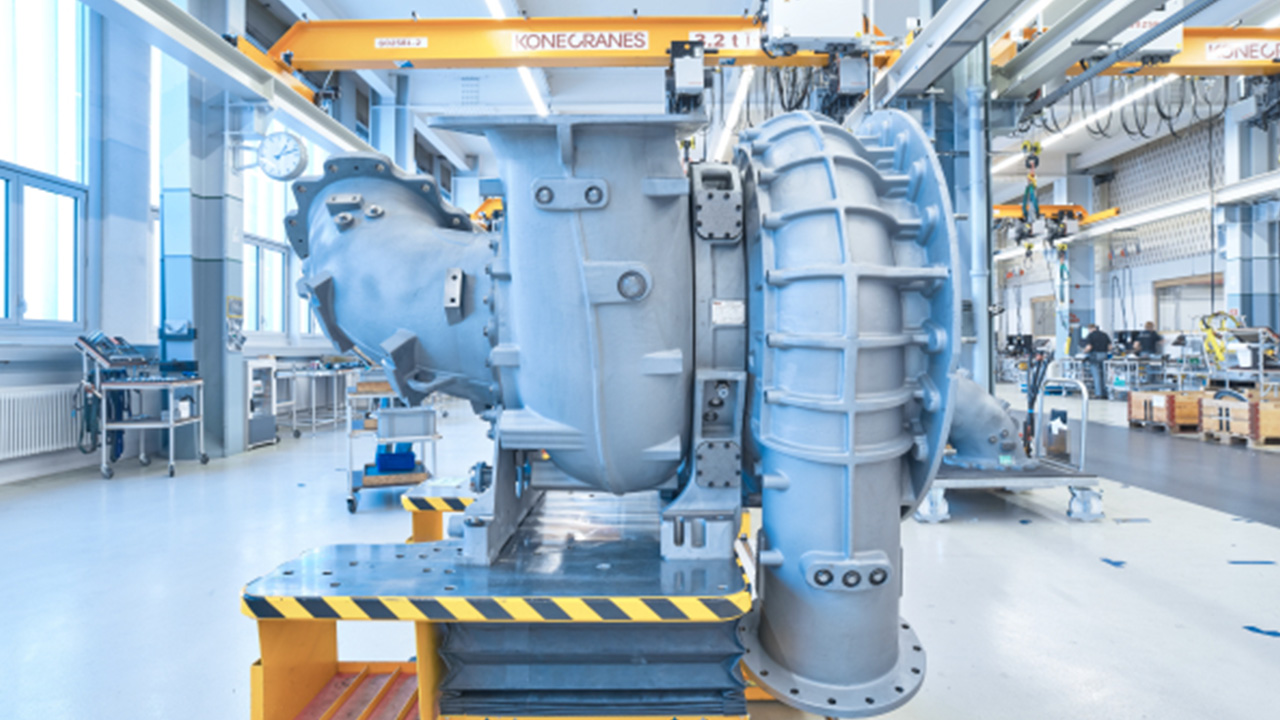

ABB’s A200-L turbochargers will be used on MAN Energy Solutions’ 5G70ME-C10.5-GA engines destined for six 174,000m3 LNG carriers ordered by four shipowners – Korea Line Corp, PAN Ocean, Knutsen OAS and JP Morgan – under a long-term charter agreement with Shell.
The ME-GA is MAN’s first low-pressure dual-fuel two-stroke engine. It sits alongside MAN’s well-established high-pressure ME-GI engines, offering LNG carriers and other vessels an alternative way to cut greenhouse gas emissions and minimize air pollution at lower capital cost. The gas-fueled engine can also operate on synthetic or biomass-derived LNG as it becomes available, either for full use or as part of a fuel blend, further reducing climate impact.
Turbocharger performance is particularly important for dual-fuel engines. High turbocharging efficiency ensures that a high air-fuel ratio is maintained during high-load operations, reducing potential fast combustion, which can adversely affect operation and emissions. The A100/A200-L series is ABB’s most advanced single-stage turbocharger technology for two-stroke engines, using the latest thermodynamic and aerodynamic expertise to pack the highest pressure ratios and efficiency currently available into a compact unit. The small footprint also translates into a lower cost of ownership as spare parts are smaller and more economical and the turbocharger itself is easier to handle for servicing.

A265-L turbocharger
“When engine designers and OEMs want reliable high performance to support new engine technologies, they look to ABB turbochargers,” said Alexandros Karamitsos, Head of Global Sales Low-Speed Turbochargers, ABB. “I am confident that shipowners will increasingly value our combination of technology leadership and global service coverage as incoming emission regulations encourage them to explore new fuels and engine concepts. We are delighted to be involved in this groundbreaking project and grateful for MAN’s trust in our engineering expertise.”
ABB Turbocharging will also provide turbochargers for the auxiliary engines on each vessel.
Source: ABB